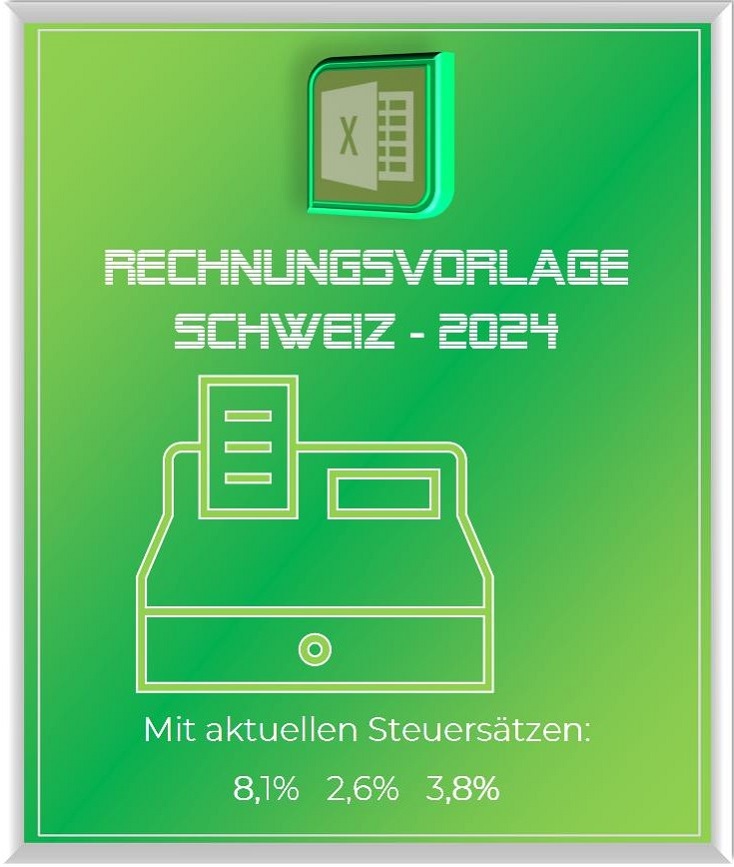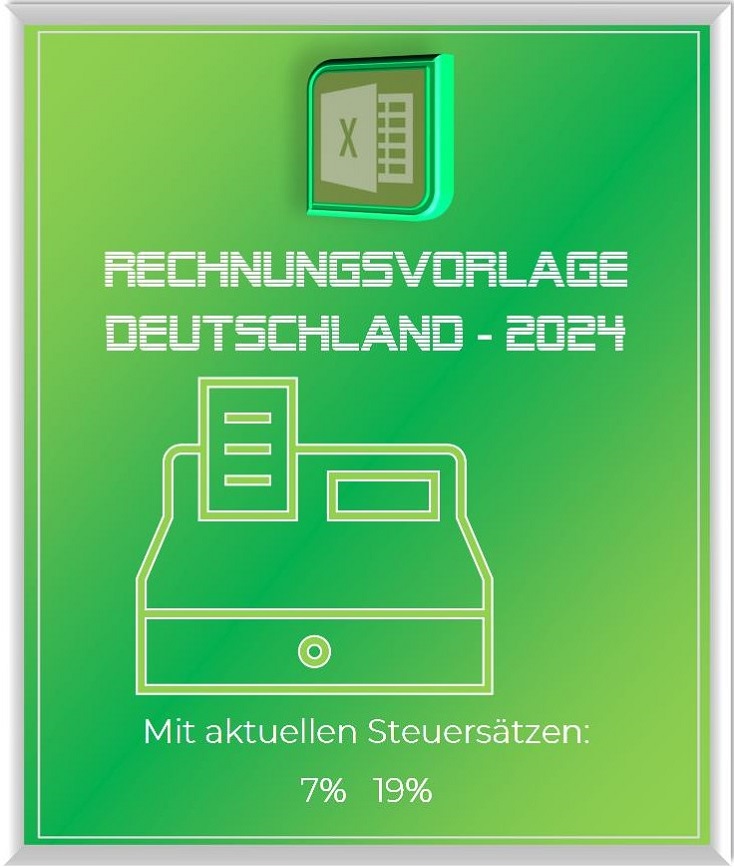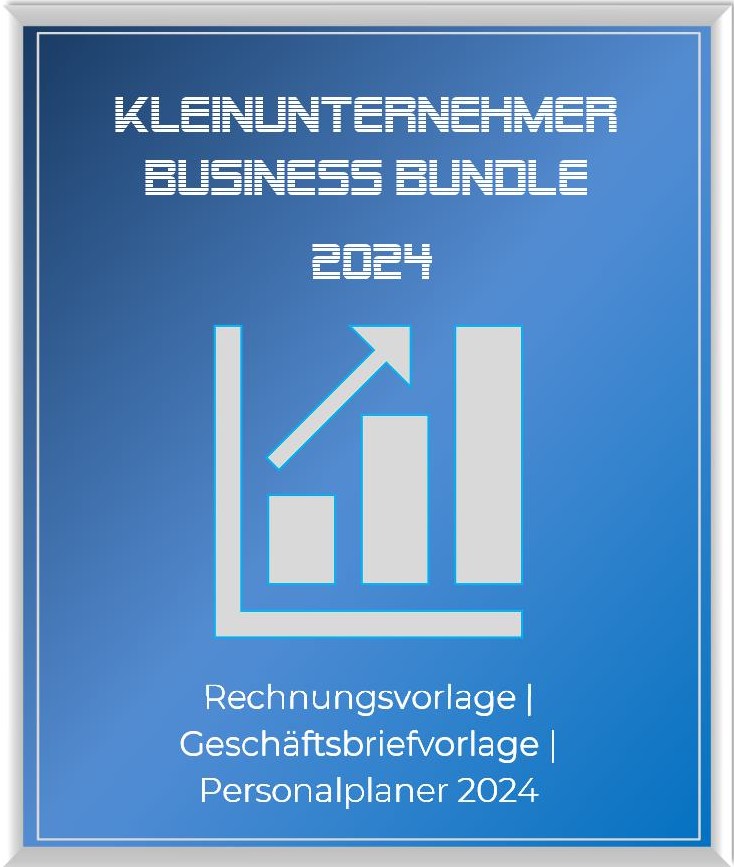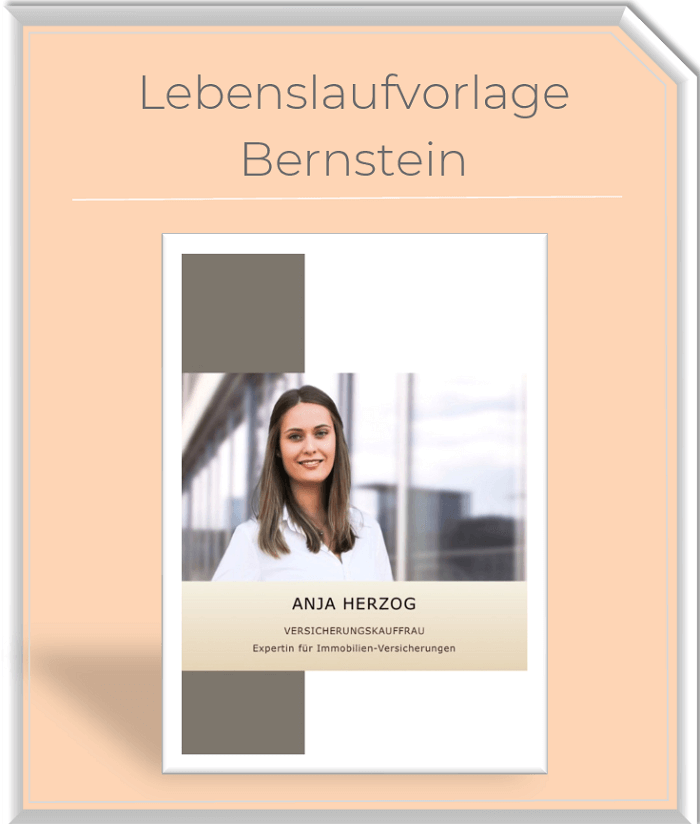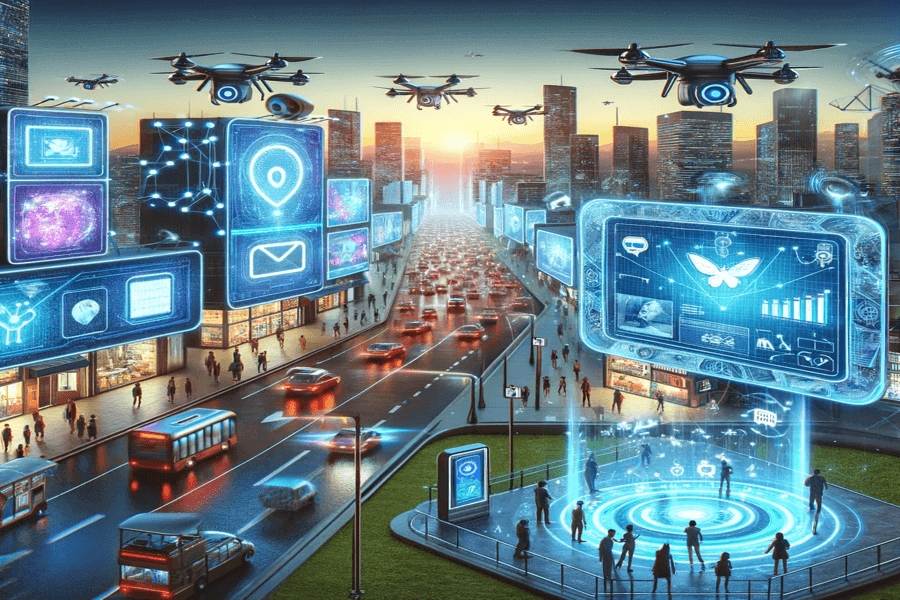The limits of limitless growth
In a world obsessed with constant growth, the limits of the planet often seem to be forgotten. We celebrate the ever-growing gross domestic product, glorify companies that expand year after year, and consume natural resources like there’s no tomorrow. But is this hunt for infinite growth sustainable? And what are the costs?

In this article, we examine the concepts and consequences of limitless growth. We take a critical look at the perpetual growth paradigm and ask if it’s time to embark on a new path. But we won’t neglect the financial system either, and examine why it depends on steady growth, and why an economy in permanent stagnation or recession causes massive problems.
The limits of limitless growth
In a world obsessed with constant growth, the limits of the planet often seem to be forgotten. We celebrate the ever-growing gross domestic product, glorify companies that expand year after year, and consume natural resources like there’s no tomorrow. But is this hunt for infinite growth sustainable? And what are the costs?

In this article, we examine the concepts and consequences of limitless growth. We take a critical look at the perpetual growth paradigm and ask if it’s time to embark on a new path. But we won’t neglect the financial system either, and examine why it depends on steady growth, and why an economy in permanent stagnation or recession causes massive problems.
A world in the fever of limitless growth
A world in the fever of limitless growth
We live in a world that is constantly counting on limitless growth – the GDPs (Gross Domestic Product) of nations are expected to increase year after year, companies are expected to continue to grow, and our consumption of natural resources is steadily increasing. This constant expansion has led to extraordinary advances, from increased wealth to amazing advances in technology to increased life expectancy. It seems that unlimited growth is the solution to all problems.
- But the price of this endless growth is high. Our environment is severely stressed by overproduction and overconsumption, and our natural resources are being depleted at an alarming rate. Climate change, species extinction and pollution are just some of the consequences.
- Moreover, the pursuit of constant growth leads to social inequality. While a few benefit massively from the economic expansion, many people are left behind. The gap between rich and poor is growing, both within individual countries and globally.
- Last but not least, there are ethical questions. Is it fair to consume resources on such a scale when others have little access to them? Is it right to strive for constant growth as an end in itself, regardless of the consequences?
We live in a world that is constantly counting on limitless growth – the GDPs (Gross Domestic Product) of nations are expected to increase year after year, companies are expected to continue to grow, and our consumption of natural resources is steadily increasing. This constant expansion has led to extraordinary advances, from increased wealth to amazing advances in technology to increased life expectancy. It seems that unlimited growth is the solution to all problems.
- But the price of this endless growth is high. Our environment is severely stressed by overproduction and overconsumption, and our natural resources are being depleted at an alarming rate. Climate change, species extinction and pollution are just some of the consequences.
- Moreover, the pursuit of constant growth leads to social inequality. While a few benefit massively from the economic expansion, many people are left behind. The gap between rich and poor is growing, both within individual countries and globally.
- Last but not least, there are ethical questions. Is it fair to consume resources on such a scale when others have little access to them? Is it right to strive for constant growth as an end in itself, regardless of the consequences?
The “green growth” paradox
The “green growth” paradox
Recently, the concept of “green growth” has become fashionable. It promises to decouple economic growth from environmental degradation by focusing on sustainable technologies and more efficient production methods.
But is this promise realistic?
It is possible to improve the efficiency of our production processes and use more environmentally friendly technologies. But these advances are often accompanied by the so-called “rebound effect Effect” nullified: As we become more efficient, we tend to consume even more.
You also have to consider that green technologies also require resources. Building wind turbines and solar cells, manufacturing electric cars, even producing “green” hydrogen – all of this requires materials and energy. So there are also limits to green growth. So green growth is by no means the same as sustainable growth. Just being “green” is not enough if we want to put our economy on a sustainable footing!
Recently, the concept of “green growth” has become fashionable. It promises to decouple economic growth from environmental degradation by focusing on sustainable technologies and more efficient production methods.
But is this promise realistic?
It is possible to improve the efficiency of our production processes and use more environmentally friendly technologies. But these advances are often accompanied by the so-called “rebound effect Effect” nullified: As we become more efficient, we tend to consume even more.
You also have to consider that green technologies also require resources. Building wind turbines and solar cells, manufacturing electric cars, even producing “green” hydrogen – all of this requires materials and energy. So there are also limits to green growth. So green growth is by no means the same as sustainable growth. Just being “green” is not enough if we want to put our economy on a sustainable footing!
The Myth of Infinity
The Myth of Infinity
For decades, the concept of unlimited economic growth has been a central paradigm ( basic way of thinking) in modern economics and economics. This belief in steady and unending growth seems so embedded in our understanding of economics that it’s almost heretical (bibl.deviating from the norm) appears to question it. Nevertheless, doubts about sustainability and the possibility of endless economic growth are increasingly coming to the fore.
Unlimited economic growth is based on the assumption that constant innovation, increases in productivity and the opening of new markets lead to constant growth. It relies on the idea that the earth’s resources and the environment’s capacity to absorb and regenerate waste are in some way unlimited. But this model has its limits. Our planet has finite resources and the capacity to regenerate is limited. The current climate crisis is a stark sign that we have already reached, if not exceeded, these limits.
In addition, economic crises, which occur again and again, show that constant growth is not always guaranteed. Economic growth is cyclical, with periods of expansion (economic growth) and recession (economic downturn). Looking at the past, this cycle has always lasted around 50 years.
Unfortunately, the idea of unlimited growth does not take into account the inherent (very own) fluctuations and instabilities of the market. Another problem with the idea of unlimited economic growth is the inequality that often accompanies it. While some benefit greatly from this growth, others are left behind. This growing gap between rich and poor raises serious questions about the equity and sustainability of unlimited economic growth. The idea of unlimited economic growth may be seductive, but it is ultimately a myth.
For decades, the concept of unlimited economic growth has been a central paradigm ( basic way of thinking) in modern economics and economics. This belief in steady and unending growth seems so embedded in our understanding of economics that it’s almost heretical (bibl.deviating from the norm) appears to question it. Nevertheless, doubts about sustainability and the possibility of endless economic growth are increasingly coming to the fore.
Unlimited economic growth is based on the assumption that constant innovation, increases in productivity and the opening of new markets lead to constant growth. It relies on the idea that the earth’s resources and the environment’s capacity to absorb and regenerate waste are in some way unlimited. But this model has its limits. Our planet has finite resources and the capacity to regenerate is limited. The current climate crisis is a stark sign that we have already reached, if not exceeded, these limits.
In addition, economic crises, which occur again and again, show that constant growth is not always guaranteed. Economic growth is cyclical, with periods of expansion (economic growth) and recession (economic downturn). Looking at the past, this cycle has always lasted around 50 years.
Unfortunately, the idea of unlimited growth does not take into account the inherent (very own) fluctuations and instabilities of the market. Another problem with the idea of unlimited economic growth is the inequality that often accompanies it. While some benefit greatly from this growth, others are left behind. This growing gap between rich and poor raises serious questions about the equity and sustainability of unlimited economic growth. The idea of unlimited economic growth may be seductive, but it is ultimately a myth.
Dependence of the financial system on economic growth
Dependence of the financial system on economic growth
Our current financial system is closely linked to the concept of economic growth. Indeed, one could say that it is built on the expectation of constant growth. But why is that and what happens when economic growth stops or even turns negative? Let’s take a closer look at this.
Zero or negative growth can therefore destabilize the financial system because:
- The ability to repay debt
- Investor expectations
And undermines general confidence in business. Our entire system of guilt & So interest is very fragile. However, that does not mean that we are necessarily tied to an economic system that requires constant growth. Instead, it requires a fundamental overhaul of our financial system and economic practices to adapt them to the limits of physical growth. But I don’t think that the countries of this world are ready for that. Because such a transformation would also require great sacrifices.
An old saying goes: “The pitcher goes to the well until it breaks”
The first cracks are already clearly visible in our economic system, and only when it breaks itself will we be ready for a redesign.
Our current financial system is closely linked to the concept of economic growth. Indeed, one could say that it is built on the expectation of constant growth. But why is that and what happens when economic growth stops or even turns negative? Let’s take a closer look at this.
Zero or negative growth can therefore destabilize the financial system because:
- The ability to repay debt
- Investor expectations
And undermines general confidence in business. Our entire system of guilt & So interest is very fragile. However, that does not mean that we are necessarily tied to an economic system that requires constant growth. Instead, it requires a fundamental overhaul of our financial system and economic practices to adapt them to the limits of physical growth. But I don’t think that the countries of this world are ready for that. Because such a transformation would also require great sacrifices.
An old saying goes: “The pitcher goes to the well until it breaks”
The first cracks are already clearly visible in our economic system, and only when it breaks itself will we be ready for a redesign.
Popular Posts:
Integrate and use ChatGPT in Excel – is that possible?
ChatGPT is more than just a simple chatbot. Learn how it can revolutionize how you work with Excel by translating formulas, creating VBA macros, and even promising future integration with Office.
Create Out of Office Notice in Outlook
To create an Out of Office message in Microsoft Outlook - Office 365, and start relaxing on vacation
The best backup solutions for your data
Keep your data safe and secure! Discover our best backup solutions for your valuable information now. Because safety is the be-all and end-all - and we have the perfect tips.
Internet Addiction – A serious look at a growing problem
Internet addiction is just as serious an illness as alcohol or drug addiction. Just that this is a mental illness. In this article we want to go into the phenomenon in more detail and provide assistance.
Main keyboard shortcuts in Windows 10/11
Entdecken Sie die wichtigsten Shortcuts in Windows 11, um Ihre Produktivität zu steigern. Von allgemeinen Befehlen bis hin zu spezifischen Fenster-Management- und System-Shortcuts, lernen Sie, wie Sie mit diesen Tastenkombinationen effizienter arbeiten können.
Encrypt USB stick – These options are available
Protecting sensitive data is essential. Encrypting USB sticks provides an extra layer of security. Whether it's built-in software, operating system features, third-party software, or hardware encryption, there are numerous options.
Popular Posts:
Integrate and use ChatGPT in Excel – is that possible?
ChatGPT is more than just a simple chatbot. Learn how it can revolutionize how you work with Excel by translating formulas, creating VBA macros, and even promising future integration with Office.
Create Out of Office Notice in Outlook
To create an Out of Office message in Microsoft Outlook - Office 365, and start relaxing on vacation
The best backup solutions for your data
Keep your data safe and secure! Discover our best backup solutions for your valuable information now. Because safety is the be-all and end-all - and we have the perfect tips.
Internet Addiction – A serious look at a growing problem
Internet addiction is just as serious an illness as alcohol or drug addiction. Just that this is a mental illness. In this article we want to go into the phenomenon in more detail and provide assistance.
Main keyboard shortcuts in Windows 10/11
Entdecken Sie die wichtigsten Shortcuts in Windows 11, um Ihre Produktivität zu steigern. Von allgemeinen Befehlen bis hin zu spezifischen Fenster-Management- und System-Shortcuts, lernen Sie, wie Sie mit diesen Tastenkombinationen effizienter arbeiten können.
Encrypt USB stick – These options are available
Protecting sensitive data is essential. Encrypting USB sticks provides an extra layer of security. Whether it's built-in software, operating system features, third-party software, or hardware encryption, there are numerous options.







